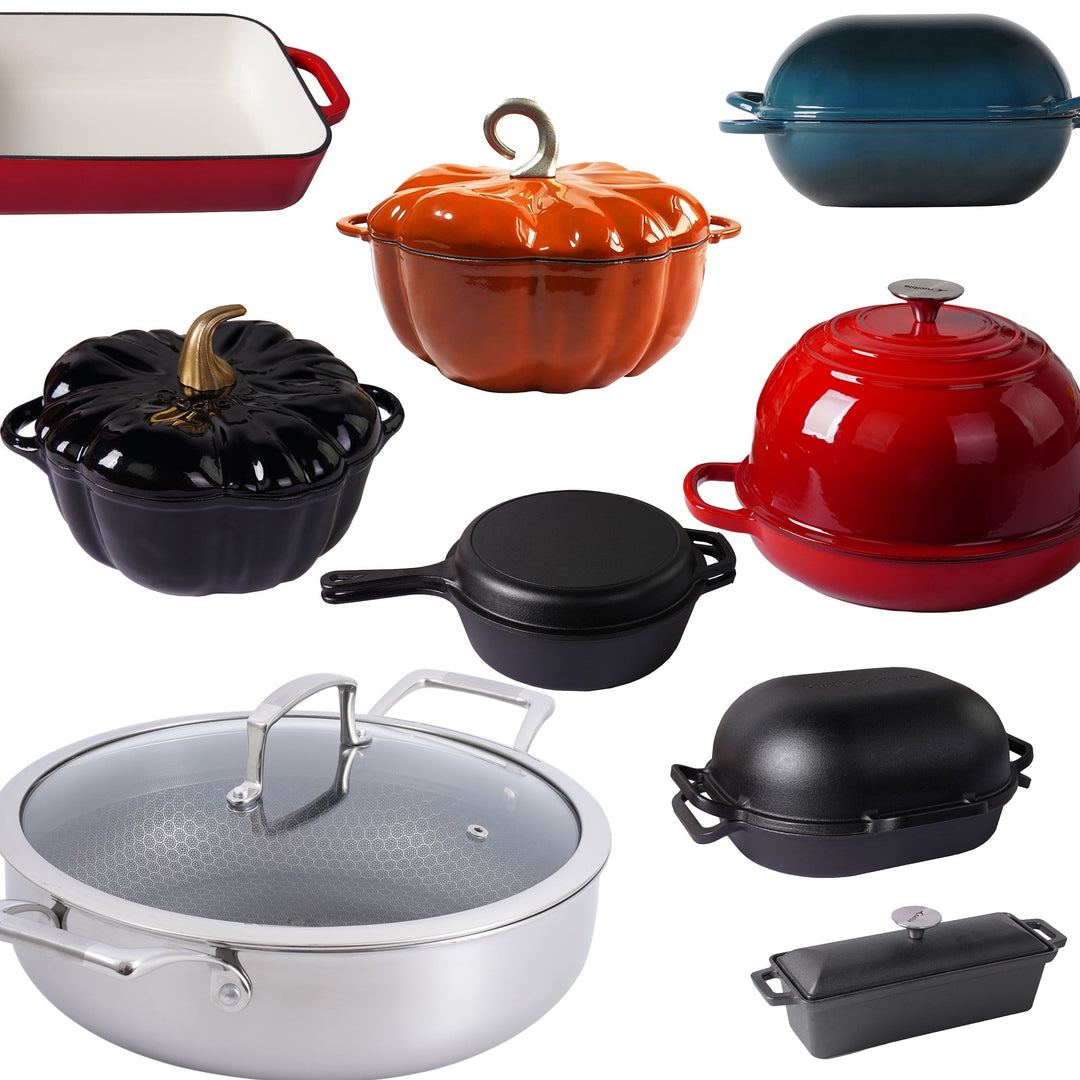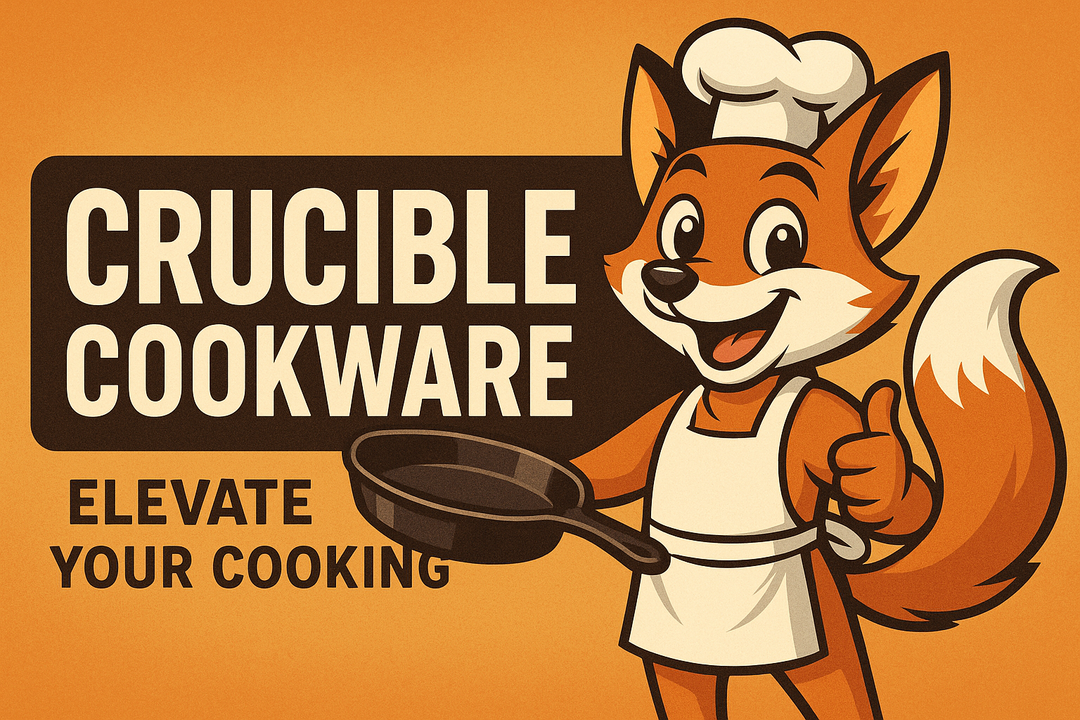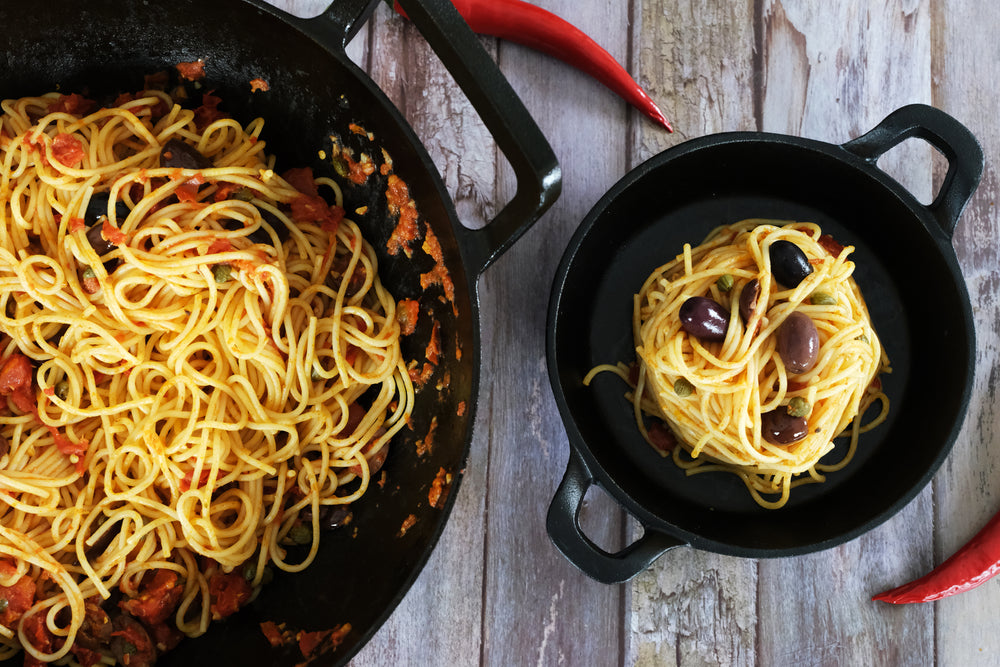Varför knivfärdigheter är viktiga

När du läser recept kan du se att när det gäller att skära ingredienser används ord som "hacka", "tärna", "finhacka", men varför finns det så många ord för att helt enkelt skära och vad betyder de, och kommer det att göra skillnad för slutresultatet?
Att förstå skillnaden och nyanserna gör dig genast till en bättre kock. De fyra huvudorsakerna till olika snitt är smak, tillagningstid, textur och utseende.
Smak
Ju mindre bitar du skär, desto fler delar sprids ut i rätten. Stora bitar ger en mer subtil smak till rätten och används ofta till exempel i buljong.
Finhackade bitar ger en starkare smak på grund av större exponering av ingrediensen i rätten. Mest smak får man med mortel och stöt. En matberedare skär ingredienserna i små bitar men krossar inte alla celler för att frigöra aromatiska föreningar, medan en mortel och stöt gör ett utmärkt jobb med att faktiskt krossa individuella celler, vilket resulterar i mycket bättre smak.
Detta måste tas i beaktande när man lagar mat med starkt smaksatta ingredienser som vitlök, schalottenlök, lök, chili och ingefära.
Textur
Ingrediensens storlek och form avgör texturen och hur du upplever den färdiga rätten i munnen. Till exempel, när du steker lök vill du att den ska brytas ner och bli mjuk, ju mindre bitar desto mjukare blir de. Och om du vill ha lite tuggmotstånd i en grönsak skär du den i lite större bitar.
Tillagningstid
Om du använder stora bitar tar det längre tid att laga än om du använder små bitar. Du kanske lagar en Gulaschsoppa och enligt receptet ska potatisen tillsättas de sista 30 minuterna. Det betyder att du bör skära potatisen i bitar som gör dem mjuka men inte mosiga efter 30 minuters sjudning.
Utseende
Du äter inte bara med munnen utan också med ögonen. När du serverar en rätt som du gjort med omsorg, kommer både du och dina gäster att se kärleken du lagt ner genom hur mycket omsorg du lagt på att skära ingredienserna.
Kan jag använda vilken storlek jag vill?
Generellt bör du alltid följa instruktionerna angående hackning i ett recept, särskilt om de är mycket specifika. Med tid och erfarenhet kommer du att börja få en känsla för hur stora eller små ingredienserna ska hackas. Du kan föreställa dig den färdiga rätten i huvudet när du förbereder grönsakerna och fundera på om du vill att bitarna ska vara stora och sega, eller om mindre bitar passar bättre. Vill du bita i en stor bit grönsak eller vore det bättre om den var mindre och mindre uppenbar?
Vad är skillnaden mellan Chop, Dice och Mince?
Ibland kan man se att orden chop och dice används omväxlande, men för att vara korrekt används ordet dice för mindre bitar och ordet chop för större bitar.
Du ser nästan aldrig termen large dice, men du kommer att se large chop och small dice ganska ofta. Dice kan också referera till att skära grönsaker i kuber av en specifik storlek medan chop är mindre precist. Generellt är chop mer avslappnat och har mer spelrum medan dice är mer specifikt.
Ordet mince betyder en mycket liten tärning.
















Lämna en kommentar